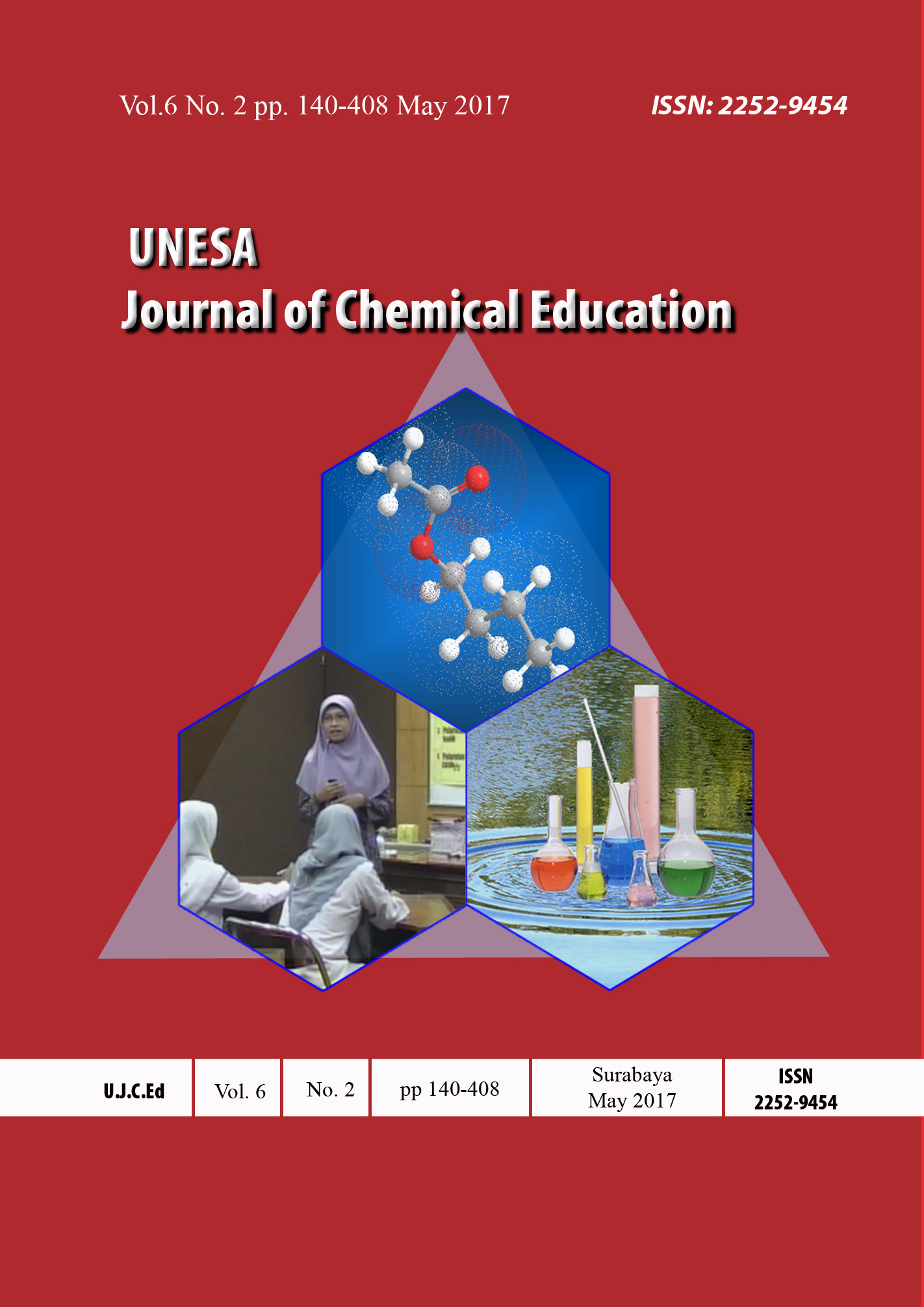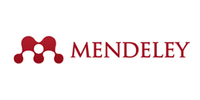DOI:
https://doi.org/10.26740/ujced.v6n2.p%25pAbstract
Penelitian dengan tujuan untuk mendeskripsikan keterlaksanaan dan aktivitas belajar siswa terhadap pembelajaran dengan strategi konflik kognitif pada materi laju reaksi. Subyek penelitian adalah kelas XI IPA 2 di SMA Negeri 1 Kertosono, Nganjuk yang berjumlah 30 siswa. Desain penelitian menggunakanOne Group Pretest-Postest Design dengan instrumen penelitian berupa lembar tes keterlaksanaan pembelajaran strategi konflik kognitif dan lembar aktivitas belajar siswa selama proses pembelajaran. Hasilanalisismenunjukkan (1)Keterlaksanaan strategi konflik kognitif pada pertemuan pertama dan kedua sebesar 95,28% dan 95,70% sehingga dapat dikategorikan sangat baik. (2) Persentase aktivitas belajar siswa pada pertemuan pertama dan kedua sebesar 100% dan 100%, serta terjadi pergeseran miskonsepsi menuju arah tahu konsep dari pretest ke postest dengan persentase sebesar 37,50% menjadi 2,22%. Dengan demikian miskonsepsi siswa pada materi laju reaksi mampu direduksi dengan strategi konflik kognitif.
Kata Kunci:Strategi Konflik Kognitif, Keterlaksanaan, Miskonsepsi, Laju Reaksi.
Research with the aim to describe feasibility and learning activities of students towards learning with cognitive conflict strategies in reaction rate material. Subjects were class XI IPA 2 SMA Negeri 1 Kertosono, Nganjuk totaling 30 students. The study design using One Group Pretest-Posttest Design with a research instrument in the form of a test sheet feasibility cognitive conflict instructional strategies and student activity sheets during the learning process. The analysis showed (1) Feasibility cognitive conflict strategy in the first meeting and the second at 95.28% and 95.70% so it can be considered very good. (2) The percentage of students learning activities at the first meeting and the second by 100% and 100%, as well as a shift in the direction of misconceptions out concepts from pretest to posttest with a percentage of 37.50% to 2.22%. Thus the student misconceptions in the material capable of reaction rate is reduced with cognitive conflict strategy.
Keywords: Cognitive Conflict Strategy, The Learning Feasibility, Misconceptions, Reaction Rate
Downloads
Downloads
Published
Issue
Section
License
The license terms of the Creative Commons Attribution-NonCommercial 4.0 International (CC BY-NC 4.0) requires attribution to the original creator, permits non-commercial use, and does not allow for the application of legal or technological restrictions on others' use.
 Abstract views: 222
,
Abstract views: 222
, PDF Downloads: 325
PDF Downloads: 325













